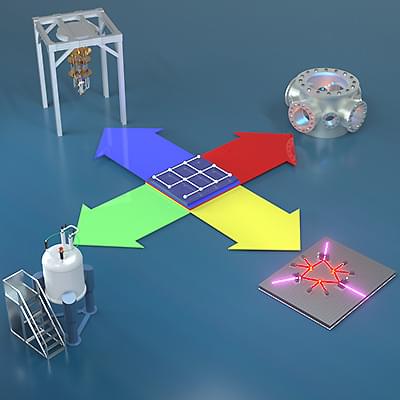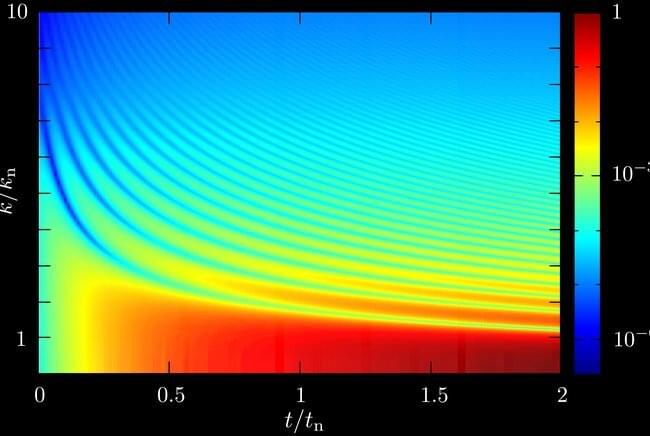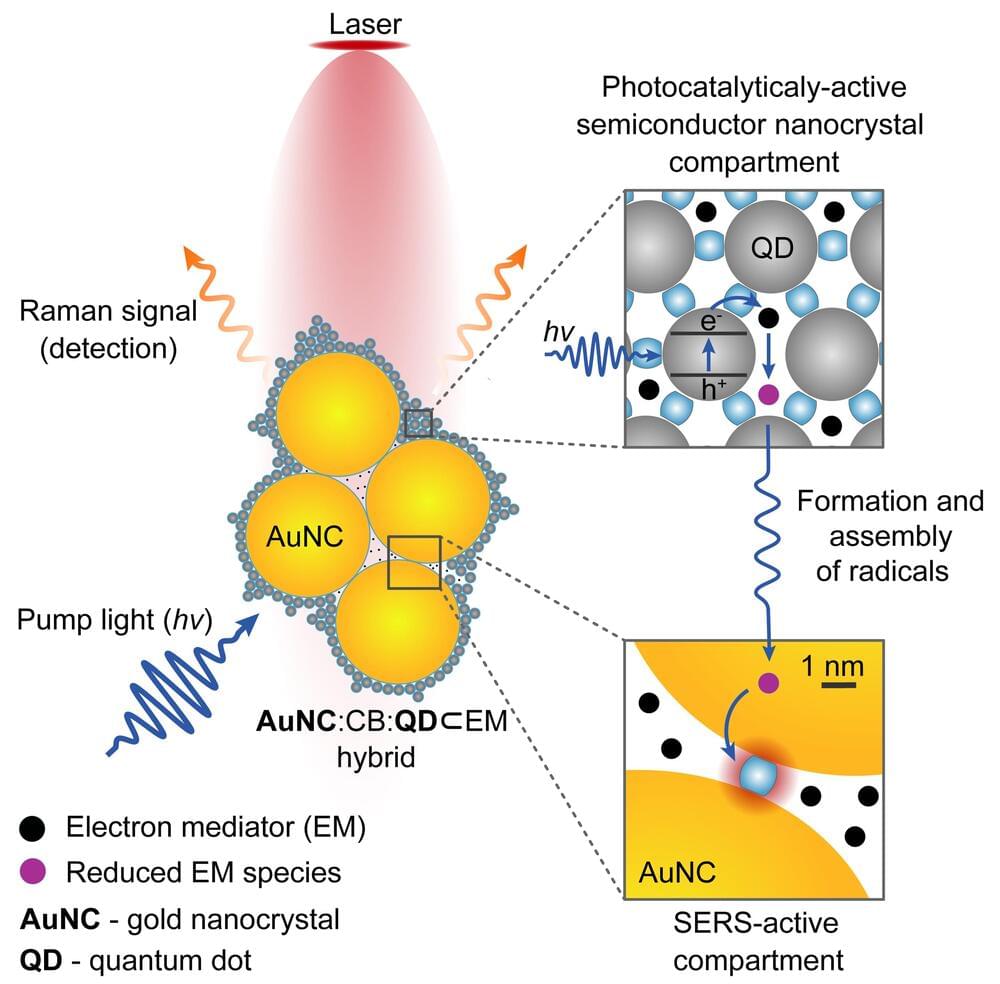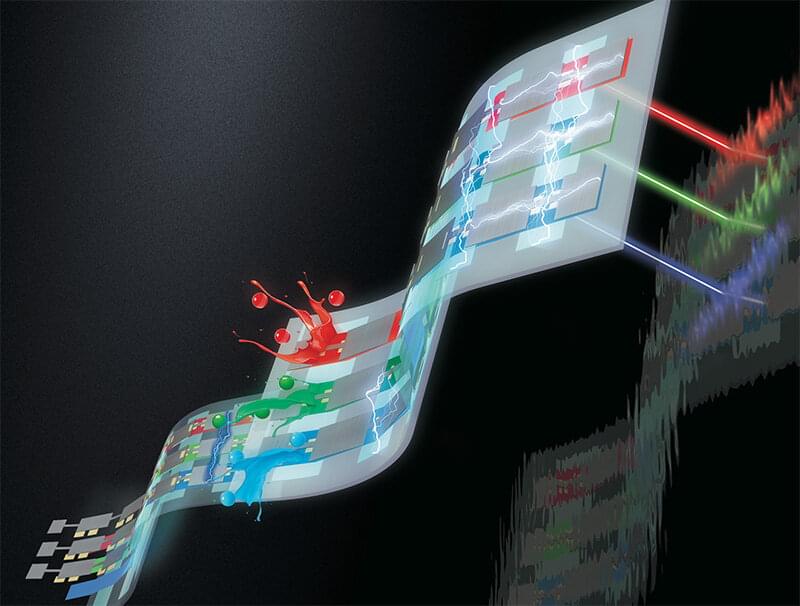A new quantum radar technology developed by a team of Chinese researchers would be able to detect stealth planes, the South China Morning Post is reporting.
The news service reports that the radar technology generates a mini electromagnetic storm to detect objects. Professor Zhang Chao and his team at Tsinghua University’s aerospace engineering school, reported their findings in a paper in Journal of Radars.
A quantum radar is different from traditional radars in several ways, according to the paper. While traditional radars have on a fixed or rotating dish, the quantum design features a gun-shaped instrument that accelerates electrons. The electrons pass through a winding tube of a strong magnetic fields, producing what is described as a tornado-shaped microwave vortex.









